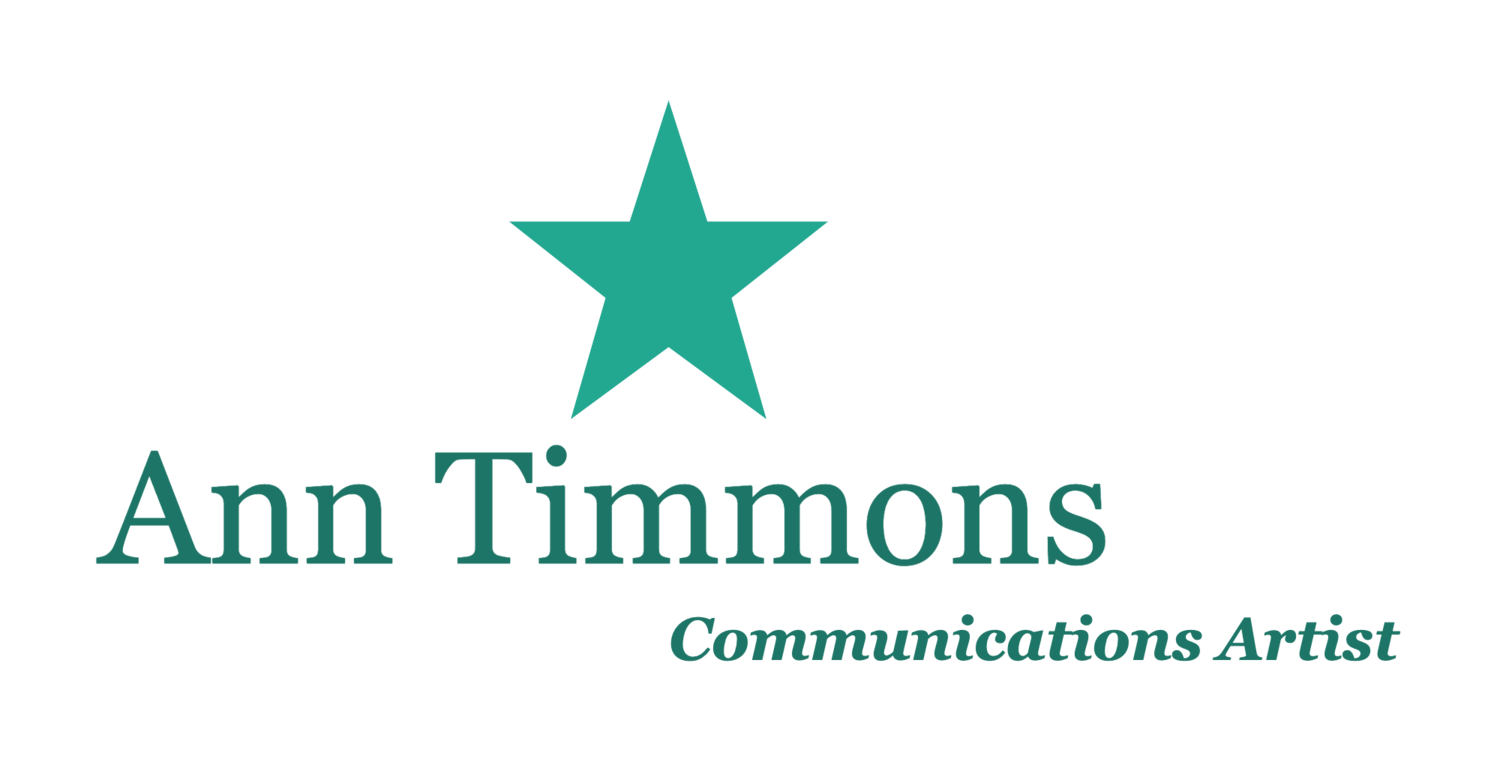 Respect the ice
Respect the iceI blog this month about an annoying trend I have encountered lately, the misuse of the "ice-breaker." I am always amazed when people employ communications tools without really understanding why and how they work!
I am offering one more Executive Communications Skills: One-Day Blitz! this summer. More info here.
Tips you can use!
Use real words...
...instead of industry jargon, when you network. If people can't understand what you do, no matter how impressive you think your title is, they probably won't remember you. Remember, the purpose of networking is not to impress, but to connect.
Make your point
In interviews be sure you get your talking points and stories out there, even if they are not directly asked for. Find a way to artfully insert them, so you can ensure you are on message, in control and saying what you need to/planned to say.
Sit like a lady
If you're wearing a skirt, that is. Legs crossed at ankles, knees together (great for inner thigh muscles!) or knees crossed. You'd be amazed how many skirt-wearers seem not to know this. Remember, we can't unsee what you show us on a dais or stage! So if your skirt is too short to accommodate proper sitting, rethink your professional wardrobe.




